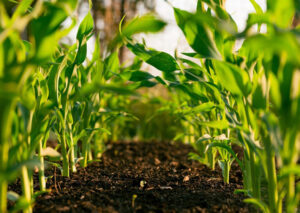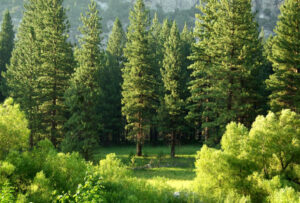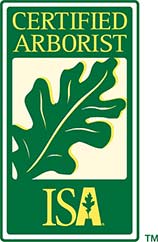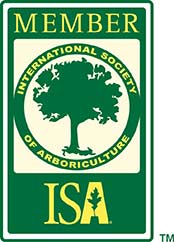Learning about trees and the world around us is fun and uplifting. It changes our perspective when we go outside as we are able to recognize things that we were not thinking about previously. Bald cypress, also known as Taxodium distichum, is a very unique tree. That’s what this blog post will be all about, written from the perspective of a company offering tree services in Mt. Pleasant, SC. A tree company in Mt. Pleasant is sure to know everything there is about bald cypress trees.
Let’s get started.
Background Info of the Bald Cypress
The bald cypress grows in rivers, standing water, swamps, and even wet woods. They are typically found in the southern portion of the Chesapeake Bay, Delaware, Virginia, and Maryland. Some more specific locations are Maryland’s Pocomoke River, Battle Creek, and Virginia’s Chickahominy River. They can also be found in some different parts of the US. Bald cypress trees can live for hundreds of years!
So What Do They Look Like?
The bald cypress has a pyramid or cone shape. When they get older, they may adopt a more flattened top. They get very tall, frequently exceeding 100 feet. The trunk diameter typically ranges from three to six feet. It has distinctive “knees” which form from around the water or soil that they are in. It has leaves that resemble needles. The bark is smooth and grayish brown.
When they are young, they have green foliage which becomes darker as the years go by. This changes to more of a golden brown before falling off during the fall. When the tree is growing in water, the trunk’s base takes on a swollen appearance.
Get an assessment and quote from Connor Tree Service today.
What Makes Them So Cool?
Bald cypress trees are very unique and respectable trees. The wood of the bald cypress is known for being water-resistant. In the lumber trade, it’s called pecky or peggy due to its way of containing small holes from a fungus. It’s grown as an ornamental tree since it has very colorful foliage in the fall and has the ability to be grown much farther north than it is native to.
They live for a long time and grow slowly. The older trees typically hollow out after a while. When the trees get older, they develop somewhat of a coarse and wide-spreading head that is eye-catching. When it grows in wet soil, it takes on a very buttressed appearance on the base along with its horizontal roots sending conical and woody-looking projections known as “knees” above the water.
Scientists still have little understanding of what function the “knees” have. It’s possible that they help regulate oxygen levels or offer the tree standing support when the soil is soft and muddy. The leaves, resembling needles, can be arranged in different patterns along the twigs.
Although the trees are deciduous, the leaves can actually stay on year-round in warmer temperatures. The seed cones have a globe shape and are green, typically being not much larger than 1.4 inches in diameter. The colors that the trees take on during the fall are absolutely stunning. These colors include fiery orange, cinnamon, and tan.
Some Fun Facts
- The reason the bald cypress is called such a name is due to its bald appearance in the winter.
- Bald cypress trees are not evergreen even though they are conifers due to the fact that they lose leaves every fall before growing replacements in the spring.
- Bald cypress trees are related to sequoias and redwoods that grow in California even though they are native to the eastern USA.
- The Trap Pond State Park, located in Delaware, has the largest amount of cypress trees concentrated in the northernmost part of the USA.
- Birds, snakes, turtles, and other animals rely on the bald cypress swamps for their habitat. Also, barrel owls, bees, and wood ducks will even nest inside of hollowed-out bald cypress tree trunks.
Final Thoughts
Many homeowners need a reliable tree service company in their area. If you aren’t familiar with Connor Tree Service, we offer tree services in Mt. Pleasant, SC, and the surrounding regions. Whether you are looking for tree removal, tree trimming, stump cleanup, stump grinding, or even if you need a tree risk assessment, we are here for you.
You can start by getting a quote by filling out our form here. We will be notified right after you submit the form and then we will reach out to you and figure out how we can best work together.










